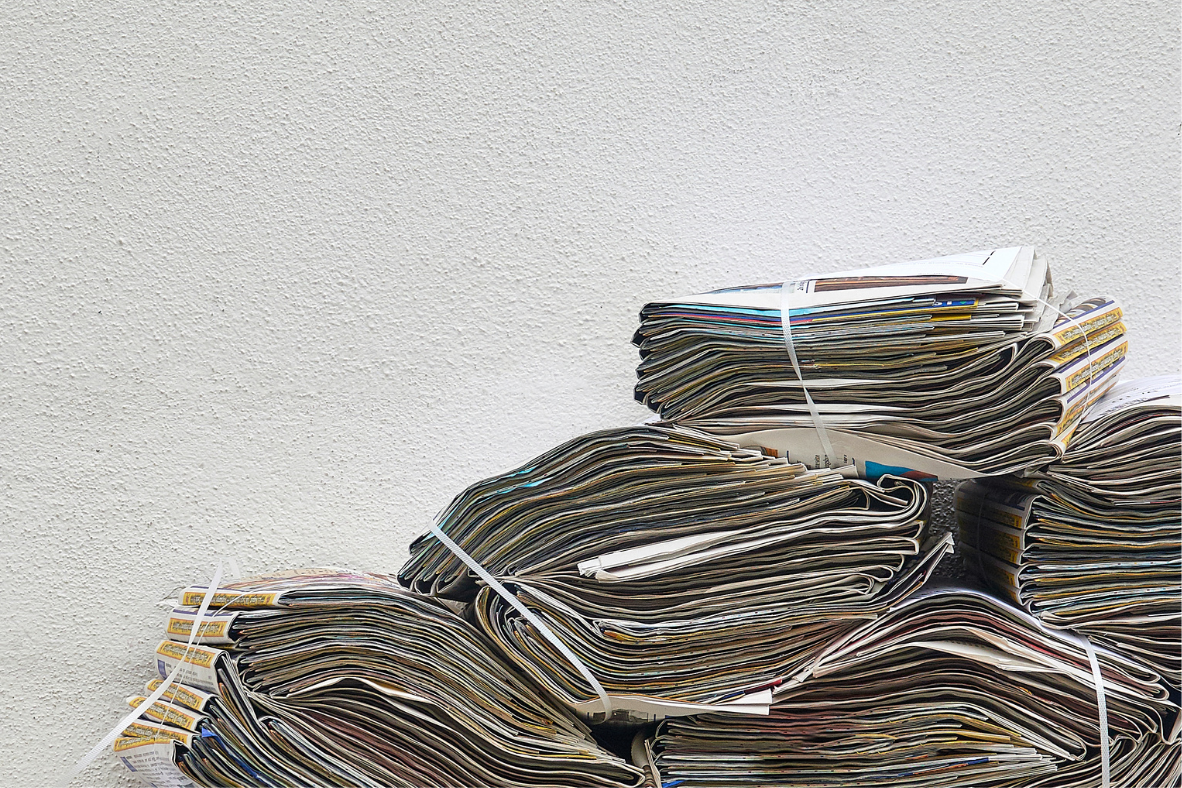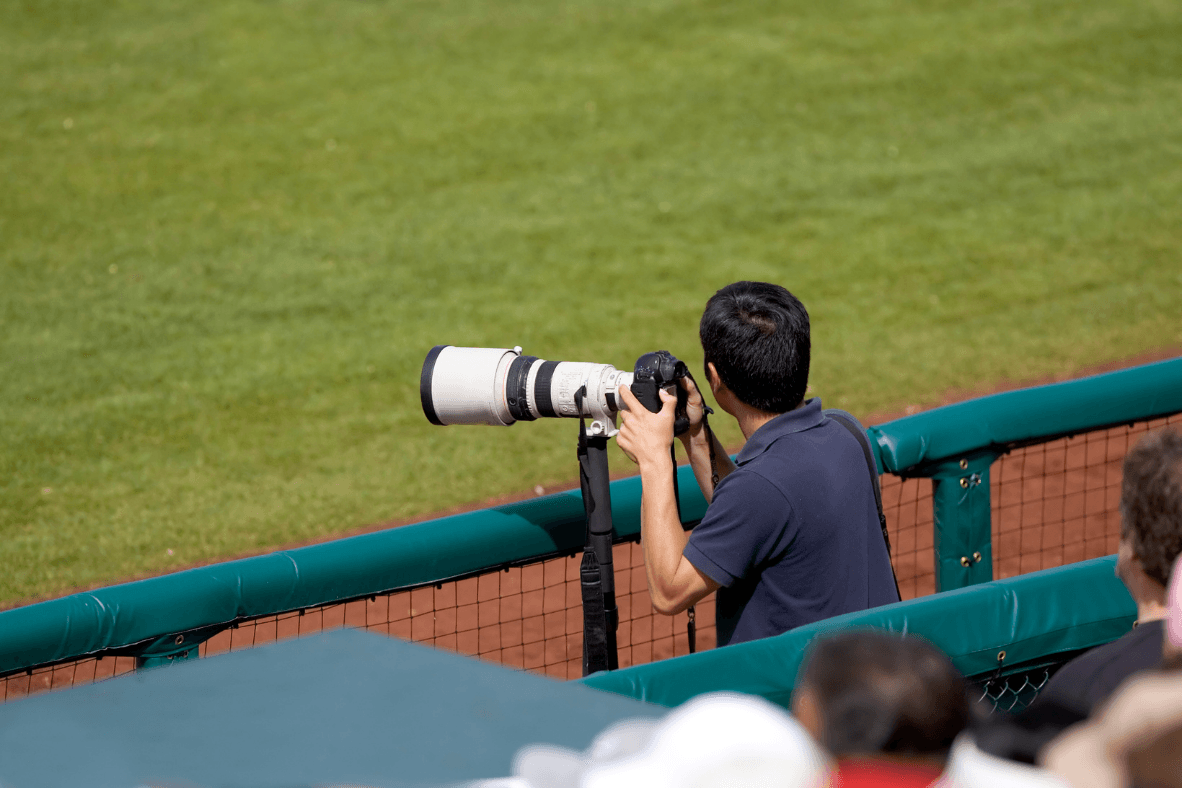Get in touch
How to Use Data and Geoinformatics for Journalism
Data journalism, or computer-assisted reporting, reflects a different sort of story-telling, one that supplements, enhances and can even replace the traditional the words-on-a-page news report or feature. In the attached white paper and then in the video interview, host Tim Shoults speaks with Chad Skelton about how to mine data to get great stories.
Chad Skelton is a journalism instructor at Kwantlen Polytechnic University and an active data journalist for hire. He loves charts, maps, Excel and Tableau training. He is the former data journalist at The Vancouver Sun.
Section 1 VIDEO
Lecture 1 How to Use Data and Geoinformatics for Journalism?
Section 2 WHITE PAPER
Lecture 2 How to Use Data and Geoformatics for Journalism?
Lecture 3 How to Use Data and Geoformatics for Journalism? - Recap
Section 3 TRANSCRIPTION
Lecture 4 How to Use Data and Geoformatics for Journalism?
HOORAY FOR DATA AND GEOINFORMATICS
We are all familiar with the term: “Show me the money!” Less familiar is the demand: “Show me the research!”
That is what data journalism is all about. Also known as “computer-assisted reporting,” it reflects a different sort of story telling, one that supplements, enhances and can even replace the traditional the words-on-a-page news report or feature.
Just as a photo is worth a thousand words, so are numerical data and geoinformatics. They can interpret a story for the reader in a visual instant, giving him or her a satisfying “aha” moment.
The term geoinformatics is apt to bamboozle the uninitiated as are the vast array of online tools that journalists can now use to generate data visuals.
While geoinformatics is formally defined as referring to the discipline of working with geo-data to better understand and interpret the interaction of humans with the earth’s surface, essentially, it’s really just mapping stuff.
Numerical and other data can be confusing, mind-numbingly boring and overwhelming, but not when analyzed and interpreted for their meaning. They tell a story, often more definitively and directly than the confidential utterings of any deep-throat source. And the story can be displayed in an eye- catching way, using shapes and colours that can take an otherwise fairly dull newspaper page and make it enticing.
Then again, nothing is foolproof. There is always a possibility that data could be misinterpreted or distorted by a journalist who approaches his analysis with something in mind he is determined to prove.
A reporter also may receive from a source a data dump that tells only half a story. Numbers can lie and it is essential that, in using them, a reporter bring to bear a good dollop of editorial judgment.
Helena Bengtsson, of the Guardian in London, is quoted online, advising, “you still have to send reporters out. The story does not end with a spreadsheet –- that’s bad data journalism. And it’s boring when you see a story with just numbers and no people. Data gives us a starting point and helps us find stories, but we cannot stop there. We have to do the reporting as well.”
Others recommend going back and checking any findings that are achieved through data journalism – especially ones that seem dubious — with the agency or organization that produced the original data, as an extra assurance that the data has been used properly and tells the right story.
Journalists also must be cognizant of where their data derives from. It generally is best to rely on authoritative and official sources for your data, and freedom of information requests are always a good place to start if officials are not forthcoming.
Computer-assisted journalism first emerged in 1952 with an attempt by CBS News to predict a presidential election outcome by using a mainframe computer.
By 1967, the use of computers to analyze data was more widely adopted. And the first conference on Computer-Assisted Reporting was held in 1990, sponsored by the National Institute for Computer-Assisted Reporting at the Missouri School of Journalism. It has since become an annual event.
Data journalism is generating a real buzz these days because it is an idea whose time has come. In a sense, it has gone viral.
Former Vancouver Sun journalist Chad Skelton is one person taking full advantage of the brave new world that data journalism has opened up.
After mastering data techniques at his former newspaper, Skelton has become a consultant, on-site trainer and university instructor, teaching data journalism.
Analyzing data sets for detailed information on a given population, he says, can give a real leg up to community newspapers because their readership is so intensely interested in local material – things like which neighbourhood has the greatest proportion of visible minority residents. Or as planning continues for a new bridge to replace the Massey Tunnel, how many people in Delta take the bus to work versus how many are driving?
He notes that governments, in recent years, have put a tremendous amount of data online. With the right tools, Skelton can get down to determining average class size for every single school in the province and how it has changed over time.
And many of the tools that do the decoding work are either free online or available at affordable prices.
Skelton recommends a knowledge of “Datawrapper” which allows a reporter to create “some pretty simple interactive charts”. “Tableau Public and Tableau Picnic” are also useful, and training for their use is available online. He recommends Tabula.Technology to get data out of pdf formats.
“You can start to tell some really cool stories that tell people about their community in ways they may not expect. And frankly, the bigger publications are not going to get down to that level of granularity for their readers.”
Data journalism, says Skelton, allows the reporter to have “a limitless vista of stories that you can work on because there are so few other people doing it.”
There are other benefits in mapping, spread-sheeting and creating charts and graphics. Visuals can organize in a clear fashion what a given onslaught of numbers really means, or what is happening in a certain area, or occurring over time.
And — when portrayed visually rather than as text — the data can suddenly offer up patterns or other insights that were not at first apparent to the reporter gathering the research.
For reporters, data obviates a need to guess or look for quotes to bolster an argument; the data just says it all.
As well, there is benefit to the newspaper industry more broadly in promoting data journalism.
As Mirko Lorenz, a journalist from Germany who refers to himself these days as an “information architect”, points out that in an era of live streaming, multiple-source reports and eye-witness accounts, the “gathering, filtering and visualizing what is happening beyond what the eye can see has a growing value.” It can help to distinguish newspapers from other news vehicles.
Newspapers can now create a map to illustrate world poverty at a glance. Online, a publication can offer readers an opportunity to click on an interactive graphic allowing them to scrutinize their MP’s expenses – what fun! — or see how a government budget will affect someone in their personal financial circumstances.
Of course, it used to be the case that larger newspapers had fully staffed departments that were assigned to help reporters visually characterize their data, conjuring basic graphics, maps and charts.
But with newspapers downsizing, new online tools to assist and a whack of data available in a digital world, journalists today increasingly are expected to mine data and produce their own data visuals.
Lorenz believes most journalists do see the opportunities in data-driven journalism. But they need support in order to get comfortable working with the relevant tools. The problem is, a lot of newspapers these days lack the resources to provide appropriate training opportunities.
“Working with data is like stepping into a vast, unknown territory,” Lorenz admits. “It is quite hard to shape it correctly for visualization. It needs experienced journalists, who have the stamina to look at often confusing, often boring, raw data and ‘see’ the hidden stories in there.”
Second and third-year journalism programs at university have started offering courses on use of data technology in reporting.
Additionally, a Canadian textbook on the subject, The Data Journalist, by journalists Fred Vallance-Jones and David McKie, has been published by Oxford University Press.
http://www.oupcanada.com/catalog/9780199020065.html
In another such publication, The Data Journalism Handbook, edited by Jonathan Gray, Liliana Bounegru and Lucy Chambers, hundreds of date users offer contributions. A website on the book features some good examples of data journalism, demonstrating the scope of what can be done. http://datajournalismhandbook.org/1.0/en/introduction_3.html
A video for instruction is available at: http://learno.net/courses/doing-journalism-with-data-first-steps-skills-and-tools
Skelton notes helpful online courses frequently are available at: https://knightcenter.utexas.edu/
Among the newspapers that are viewed these days as particular pioneers in data journalism are The Guardian, The New York Times, The Texas Tribune, in Austin, and Die Zeit, a Hamburg-based weekly.
Skelton recommends that interested journalists start honing some basic excel skills to farmiliarize themselves with visualization and mapping. Basic skills around sorting and filtering allows you to look at a big chunk of data and tease out data points — for example from data on individual political contributions in a given year, the researcher can determine how much each political party netted.
Governments in recent years have put a tremendous amount of data online. With the right tools, Skelton can get down to determining average class size for every single school in the province and how it has changed over time.
Here is a website where several other journalists describe their own favourite data tools: http://datajournalismhandbook.org/1.0/en/understanding_data_6.html
For the Guardian’s Lisa Evans, preferred tools are Google spreadsheets and Google Fusion, which gather, visualize and share data tables. See the Guardians’ Datablog page – established in 2009, featuring stories where a variety of graphic elements are deployed to help tell the story. https://www.theguardian.com/data
At the Financial Times, Cynthia O’Murchu recommends learning Excel and doing simple stories first. “Start out small and work your way up to database analysis and mapping.”
Cheryl Phillips, at the Seattle Times, swears by spreadsheets and SPSS for “statistical analysis and mapping programs that enable me to see patterns geographically”.
Writing on the Florida-based Poynter Institute’s website, Troy Thibodeaux, Associated Press editor for Newsroom Innovation in New Orleans, has some advice for those wanting to tackle data journalism.
- Learn to use spreadsheets.
- Develop knowledge of SQL or Structured Query Language.
- Learn to use tools like Google Refine to clean up the data and get it into a useful format.
- Familiarize yourself with Google Fusion and Tableau Public to develop mapping capability.
Thibodeaux also advocates leaning on other data journalists who, by nature, tend to enjoy coaching and mentoring. Consider becoming the resident expert in your newsroom and view interruptions from your colleagues as chances to learn.
He prefers to eschew anecdotes and pithy quotes in favour of asking, “is this phenomenon measurable in some way?” Equally, can geographical comparisons be made? What changes may be apparent over time? What other populations may be comparable to the group represented in your data?
Recap:
- Refuse to be intimidated by data journalism. It is becoming more commonly used and adds genuine value to newspapering;
- Start with the more basic applications such as learning how to use spreadsheets and Excel;
- Instructional videos and books as well as courses and workshops are available to help you along the way. Encourage your editors to invite experts into the newsroom to deliver tutorials.
In embracing data journalism, journalists should keep in mind that it is a supplementary tool that can enhance their reporting. But it is not the be all and end all.
Journalists should not lose sight of the fact that, as long as newspapers have been around, readers have enjoyed learning about new ideas and opinions, reading about their politicians and hearing about other people’s experiences. Good, old-fashioned storytelling is, and always will be, king in the world of journalism.



Modules
Do you work in NewsMedia?
Contact us for more information.
Request Access - Form
Thank you for requesting access to NewsMediaPlaybook.com.
We will review your submission and back to you as soon as possible.
Oops, there was an error with your request.
Please try again later.
All Rights Reserved | BCYCNA







